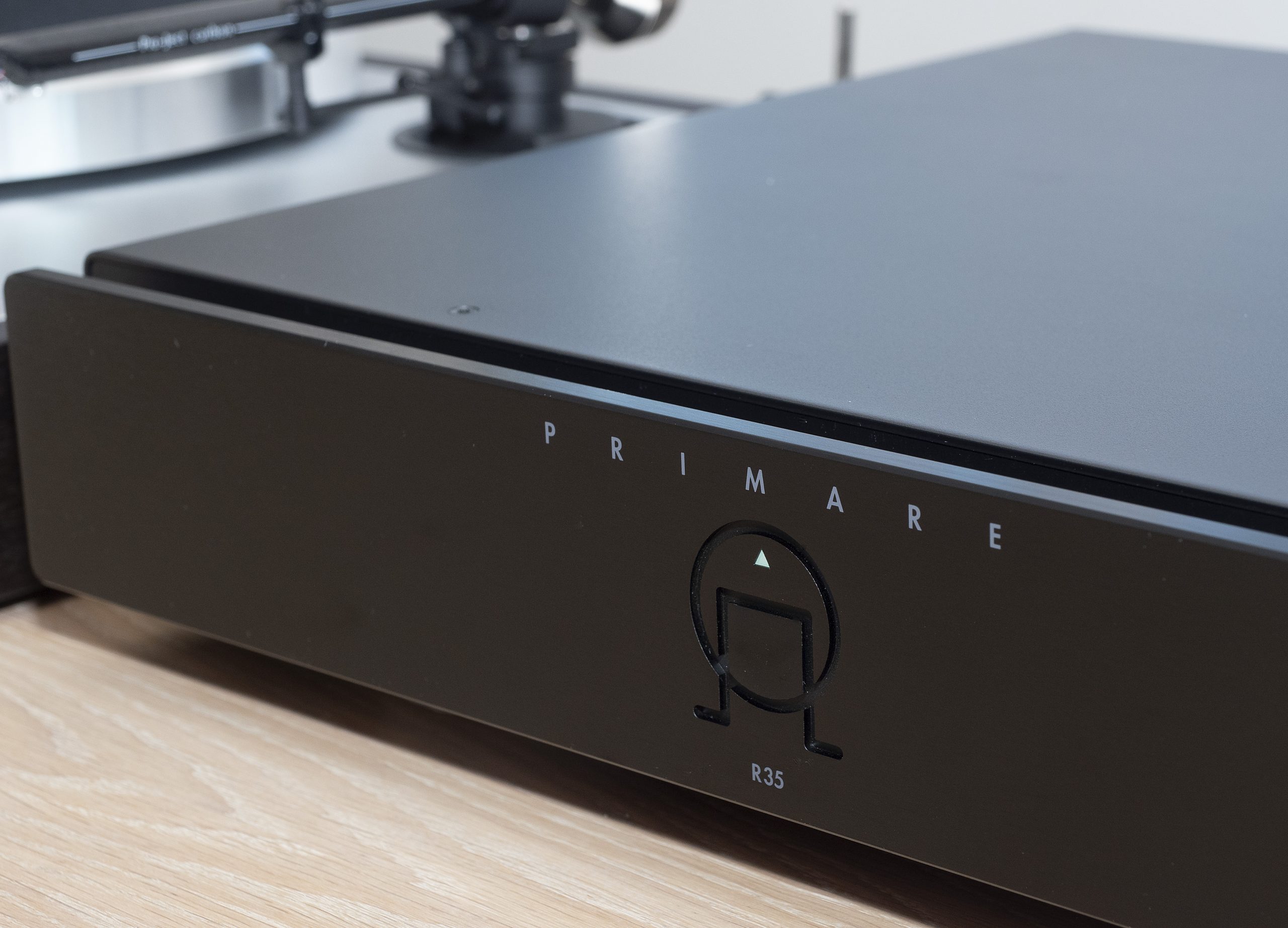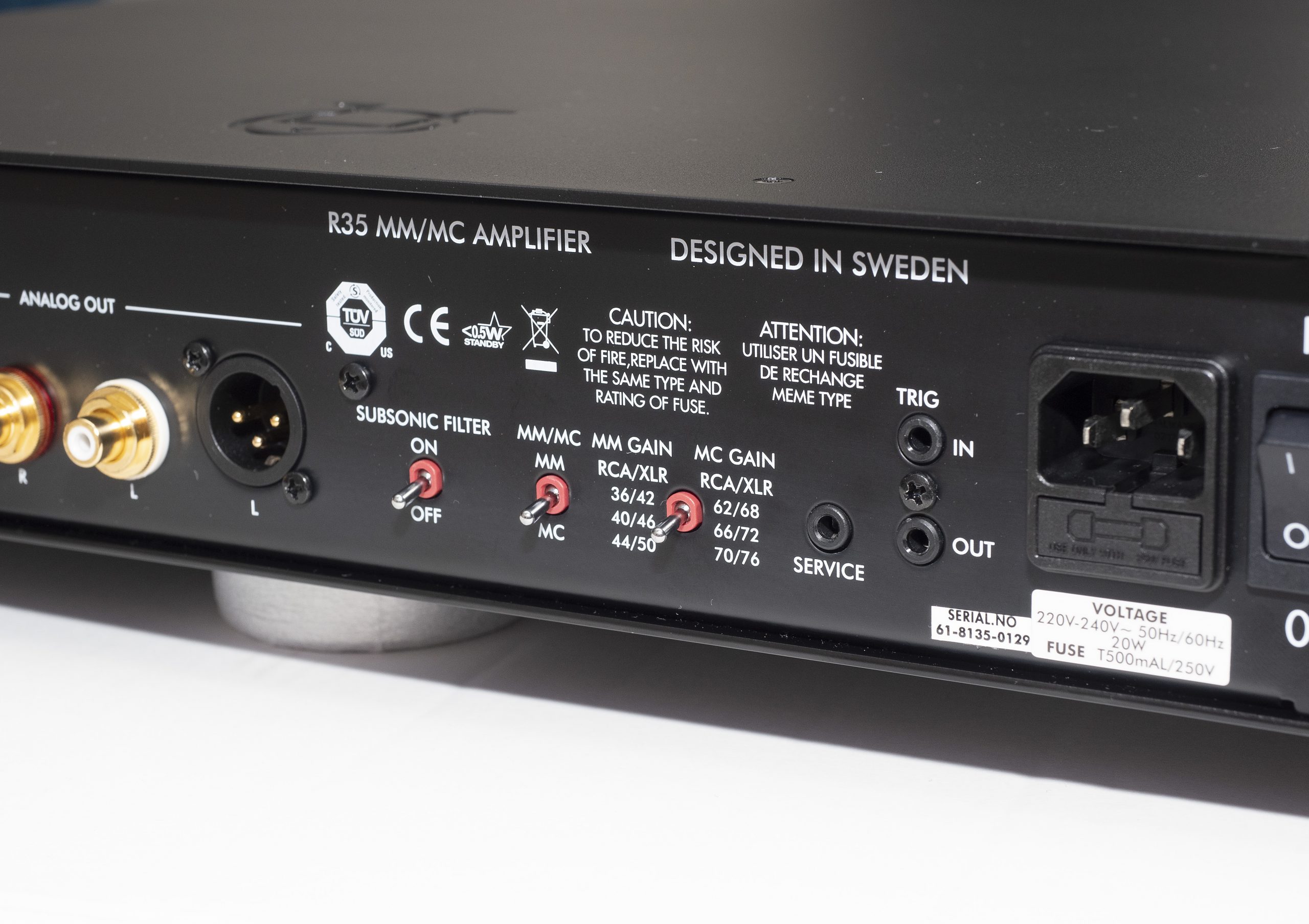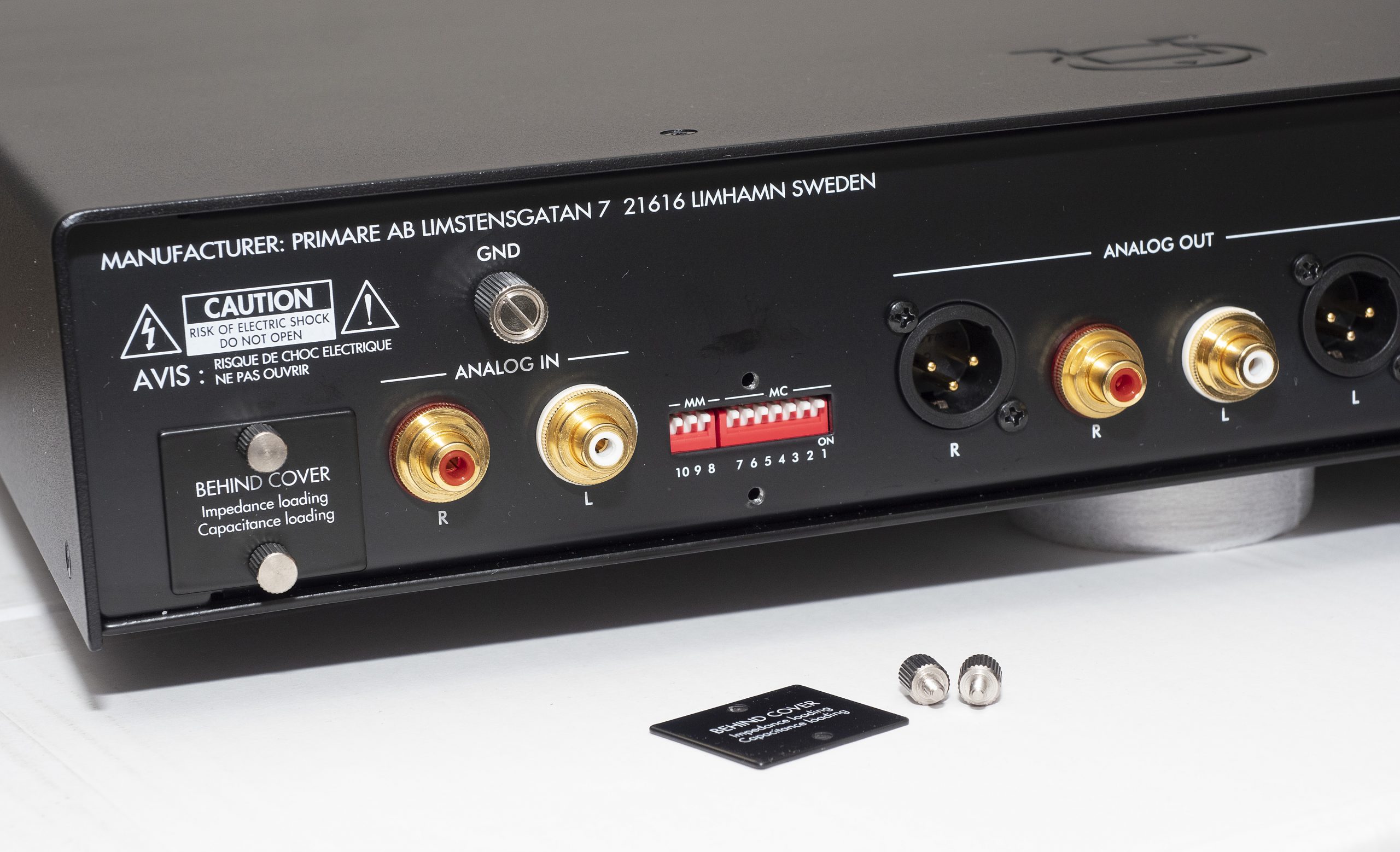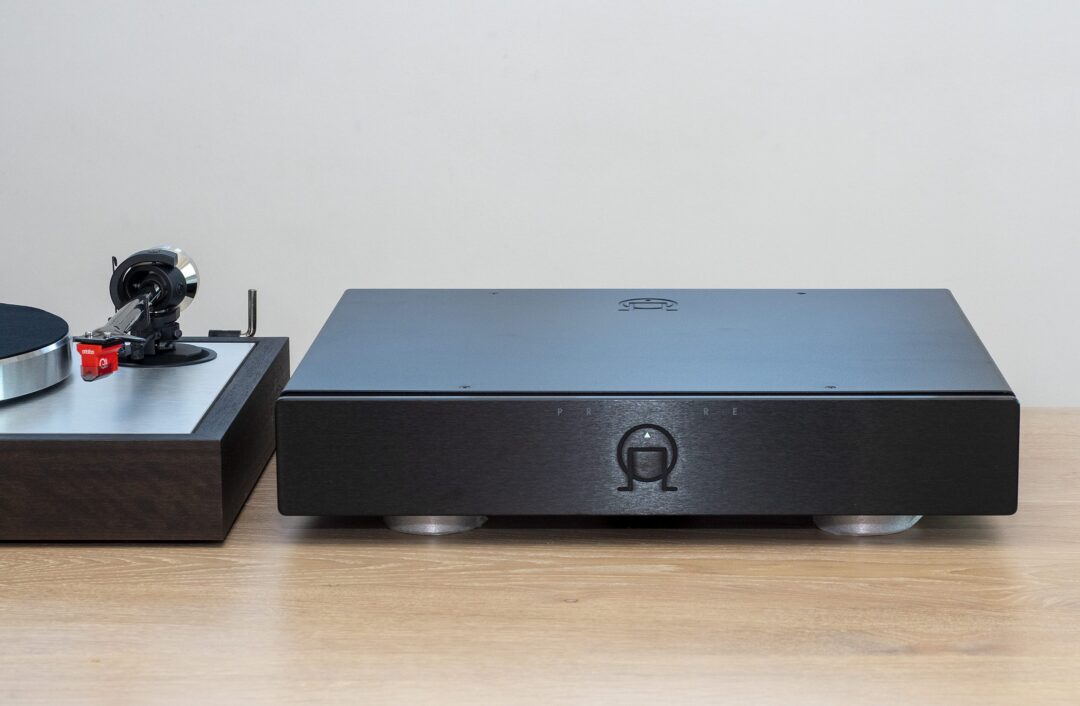You do not have to be a record collector or audiophile to see the need for a phono amplifier. Suffice that you have a turntable that may sound flat and boring, or simply that you have nowhere in the system to connect a turntable.
Then you need a phono stage. Also called RIAA amplifier.
Some turntables have a built-in phono stage that solves the problem if the amplifier – or receiver – does not have a built-in one. Otherwise, the solution is to buy a separate phono stage, which matches the pickup and turntable you have.
If so, the answer can be found at Rega, NAD or Pro-Ject, to name the most obvious manufacturers of affordable and good phono stages. But if you have bought yourself a turntable with an expensive pickup, you will get a lot back for putting on a few thousand bucks in an even better phono stage.
Among the best in the class we find Rega Aria, the recently launched Hegel V10, and Electrocompaniet ECP-2 MK II. This is where you should go if e.g. a Rega Fono or Pro-Ject Phono Box does not maintain the same level as the turntable and pickup.
But Swedish Primare also has an alternative in the same price range.

Extremely flexible
They call it R35 and it costs the same as a Hegel V10, and is like Hegel’s phono stage, made for both MM and MC pickups.
Primare R35 is built as a completely symmetrical dual mono preamplifier, with discrete components on the inputs, which release the signal via relays to the RIAA stage with op-amps, ending in a balanced circuit before the outputs. The power supply with toroidal transformer is shielded to the left inside R35, seen from the front.
A solid full-size cabinet brings the weight close to 10 kg, and the quality impression is very reassuring. The Phono stage, which is available in black or silver gray, has only one switch on the front, and it is the standby switch that is discreetly placed in the middle of the Primare logo. Main power switches are located next to the power cord connector on the back.
R35 has no less than 21 steps of adjustment of load resistance for MC pickups, from 10 ohms to 47 kohm, two for MM which has also been given four steps with capacitance from 100 to 400 pf – and adjustable gain in three steps.

As with so many other phono stages, one has to go to the back to make all the adjustments to the pickup. There you will find toggle switches for the bass filter with -3 dB attenuation at 12 hz, an MM / MC switch, and a switch for gain.
Adjustment of impedance and capacitance is done with tiny dip switches located under two covers, next to the connectors for the cable from the turntable. A little further to the right seen from behind, you can choose between balanced XLR outputs, or the usual unbalanced outputs.
All this makes the R35 one of the most flexible phono stages we have tested, where you can use almost everything from pickups, from MM, MMC, and high and low voltage motorcycle pickups.
By the way, Primare delivers R35 with a marker-like polarity finder, which can be used to check which of the conductors on the power cable is a plus, where applicable.
Set and forget
If you do not change pickups often, the adjustment of the phono stage and the pickup is ever so small a process. The smartest thing is – if you can – to turn the phono stage around so that you have easy access to the back. Then it is easier to find the optimal setting for your pickup.
It is not certain that the manufacturer’s recommended load is the one you want best. If it says that a MC pickup should have a 100 ohm load, it may be smart to try with 50 and 200 as well. If you find that it sounds better with 200, I recommend trying 150 ohms as well. If it’s even better, try 180 ohms, then you are at least sure to hit in the end.

Then just put the covers over the dip switches, turn the amplifier, and reconnect. Done.
If you use an MM pickup with normal output voltage, typically between four and six mV, you can set the gain to the lowest level, while an MC pickup that typically has between 0.2 and 0.5 mV out, needs maximum gain. So-called high-output MC cartridges usually deliver between two and four mV, and need only moderate gain.
The sound
Once connected and turned on, it is quiet as the night. There is no audible hiss or noise from the R35, forming a pitch black background for the music. Streaming out of the speakers with lots of details in a deep and three-dimensional soundscape.
The silky smooth presentation of Radka Toneff’s My Funny Valentine is reminiscent of the far more expensive Rega Aura MC, and the airy openness of the sound sends thoughts to Audio Research PH9, which costs 10 times as much. The Primare R35 does not sound as fine-grained, but in this price range it sets the standard for insight and detail.
The piano sound from Keith Jarrett’s acclaimed solo concerto from 1974, has a little more bottom sound on the R35 than the Hegel V10, but Electrocompaniet’s phono stage has warmth in the sound. Which should not be confused with fullness, for they have all three.
Where the Hegel V10 is perceived as tight, detailed and with super-controlled dynamics, the R35 is more playful dynamic with fatter bass, there is more depth in the soundscape and a slightly larger range of timbres in the R35.
Both have tighter bass than ECP-2 MK II, but the drums on Dire Straits Private Investigations sound the coolest on Electrocompaniet, which also gives vocals a little more timbre and warmth.
In this way, the Primary R35 is more towards the sound from the ECP-2 MK II, than the Hegel V10, it is not in the middle. At the outer ends, it is the V10 that extends deepest in the bass, but the R35 gives the drums a slightly larger scale and depth, and is also the one that is perceived as the most airy at the top of the treble.
Conclusion
If you are looking for a flexible phono stage that can be used on all pickups, and that plays heavenly without breaking the bank completely, the Primare R35 is one of the best choices in the price range below GBP 2,000. The not very user-friendly dip switches are of course a pain in the lower back part of the body, but with the operating instructions in one hand, and a small screwdriver in the other, you finally get the phono stage adapted to the pickup. Then the stage is set for a veritable boost in sound quality, if you are used to simpler things, as the built-in phono stage often are. The sound quality is very little to complain about, and in the end it is what matters.

We think
Beautiful silky smooth soundscape with generous richness of sound, great depth and very good dynamic contrast. You have to set the important parameters with small dip switches on the back.
1350 €
Specifications
- Type: Phono preamplifier
- For: Moving Coil and Moving Magnet
- Technology: Discrete transistor, symmetrical dual mono
- Connections: RCA unbalanced in/out, RCA/XLR out
- Motorcycle load: 10 ohms – 47 kohm
- Capacity: 100, 200, 300, 400 pF (MM), 100 pF, 1nF (MC)
- MM-gain: XLR 42/46/50 dB, RCA 36/40/44 dB
- MC-gain: XLR 68/72/76, RCA 62/66/70 dB
- Dimensions and weight: 43 x 38.4 x 9.2 cm, 9.5 kg
- Other: Black or silver gray cabinet, subsonic filter -3 dB @ 12 hz, -12 dB/octave
- Web: primare.net


I really wanted to like this one but the gain, even at the lowest setting, is just too high to work well with anything but very low output moving coils. With my AT-ART9Xi the R35 would clip like the devil at 68db of gain over balanced connections.